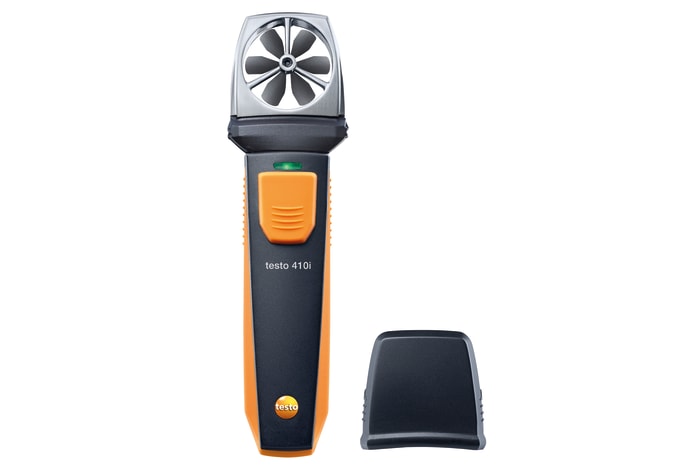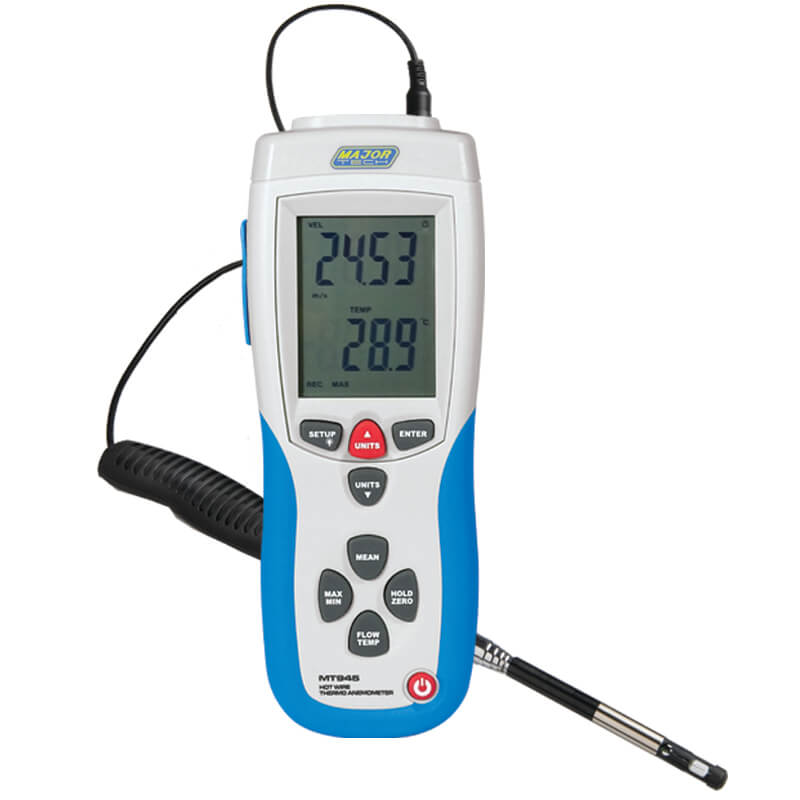The Duty of an Anemometer in Improving Security for Outdoor Activities
The Duty of an Anemometer in Improving Security for Outdoor Activities
Blog Article
Anemometers Revealed: Understanding Their Relevance in Environmental Tracking and Safety Measures
The function of anemometers in ecological monitoring and safety steps is frequently underestimated, yet their value is indisputable. From meteorology to aeronautics safety and security, anemometers play an important duty in providing accurate information that educates decision-making procedures and enhances overall safety.
Background of Anemometers
The evolution of anemometers can be mapped back to the ancient civilizations where primary wind gauging devices were initial made use of. One of the earliest known anemometers was the hemispherical mug anemometer created by Leon Battista Alberti in the 15th century.
In the 18th century, the prominent scientist John Thomas Romney Robinson presented the Robinson anemometer, which featured four hemispherical cups installed on horizontal arms that expanded from a central axis. This design ended up being a requirement in atmospheric measurements because of its precision and dependability. For many years, innovations in technology resulted in the advancement of more contemporary anemometers, including ultrasonic anemometers and laser Doppler anemometers, using boosted accuracy and effectiveness in determining wind speed and direction. The background of anemometers showcases a remarkable trip of development and development in the area of weather forecasting.
Kinds Of Anemometers
Throughout the area of meteorology, different types of anemometers have actually been developed to accurately determine wind rate and instructions. Sonic anemometers use ultrasonic signals to determine wind rate and instructions accurately. Hot-wire anemometers operate based on the concept that the cooling result of wind on a heated wire is symmetrical to the wind speed.
Applications in Meteorology
Having reviewed the various kinds of anemometers used in meteorology for gauging wind speed and direction, it is important to explore their functional applications in the area. Anemometers play an essential function in weather forecasting by giving real-time and precise data on wind problems (anemometer). Meteorologists utilize anemometers to keep track of wind speed and direction to forecast weather patterns, issue cautions for extreme climate events like tornados, tornadoes, and storms, and analyze atmospheric conditions for aeronautics safety and security
In weather forecasting, anemometers help in comprehending local and regional wind patterns, which are important for predicting weather condition modifications and determining weather patterns. These gadgets are also made use of in research study to study microclimates, metropolitan heat islands, and air contamination dispersion. Furthermore, anemometers are utilized in farming to optimize crop management techniques, such as irrigation and chemical application, based upon wind problems.
Importance in Aeronautics Security
An important aspect of ensuring aviation safety and security exists in the meticulous surveillance of wind conditions using anemometers. Anemometers play a vital function in air travel by giving real-time information on wind speed and direction, assisting pilots in making notified decisions during landing, take-off, and flight. Strong and uncertain winds can significantly affect airplane operations, making it necessary for air travel authorities to rely upon accurate wind measurements to make certain the safety of passengers and staff.

In the vibrant environment of aeronautics, where also small changes in wind speed and direction can have extensive effects, anemometers stand as indispensable devices for advertising safe and safe and secure flight.
Function in Environmental Study
Anemometers play an important duty in ecological study by giving crucial information on wind speed and direction. By properly gauging wind characteristics, anemometers assist researchers analyze the movement of pollutants in the air, evaluate the impact of industrial discharges, and forecast the spread of impurities in the setting.


Conclusion
Finally, anemometers have actually played an essential role in environmental tracking and precaution. With a rich history and various types offered, these gadgets have actually been commonly utilized in meteorology, aviation safety, and ecological study. Recognizing the relevance of anemometers imp source is necessary for precisely gauging wind speed and instructions, which is crucial for forecasting weather condition patterns, making certain safe aviation click this link procedures, and carrying out ecological research studies - anemometer. Their contributions to these fields can not be undervalued.
One of the earliest recognized anemometers was the hemispherical mug anemometer designed by Leon Battista Alberti in the 15th century. Over the years, advancements in innovation led to the development of even more modern-day anemometers, consisting of ultrasonic anemometers and laser Doppler anemometers, using boosted precision and effectiveness in determining wind speed and direction. Hot-wire anemometers operate based on the principle that the cooling impact of wind on a warmed wire is proportional to the wind rate. Meteorologists make use of anemometers to keep track of wind rate and direction to forecast climate patterns, issue warnings for severe climate occasions like tornados, storms, and tornadoes, and evaluate climatic problems for air travel safety.
Comprehending the relevance of anemometers is important for precisely gauging wind rate and instructions, which is essential for predicting weather condition patterns, making sure risk-free aeronautics procedures, and performing ecological studies. (anemometer)
Report this page